
How to Choose the Right SoC for Your Application?
September 08 2023 
Inquiry
Global electronic component supplier AMPHEO PTY LTD: Rich inventory for one-stop shopping. Inquire easily, and receive fast, customized solutions and quotes.
QUICK RFQ
ADD TO RFQ LIST
Applications for SoCs include wearable technology, automotive electronics, tablets, laptops, cellphones, and industrial control systems. The SoC that is most suited for a certain application will vary depending on a variety of elements, such as the amount of performance, power, cost, and features that are needed. In this blog, we will discuss the key factors to consider when choosing an SoC, as well as some examples of different SoCs and their applications.
System on Chip Basics
System-on-chip (SoC) devices are semiconductor chips that have embedded parts that allow the chip to work independently of other systems. They include an interface, memory, and CPU or microcontroller. Cell phones use radio frequency (RF) and wireless communications systems on a-chip (SoC) devices. Multimedia, text messaging, Internet connectivity, and input/output (I/O) logic control are also provided by them.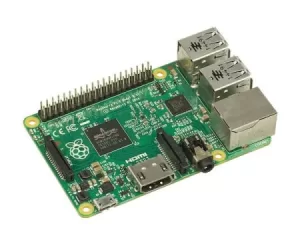
Different types of SoCs
- Application-specific integrated circuits (ASICs): ASICs (application-specific integrated circuits) are SoCs that have been specially designed and optimized for a particular application. They are generally found in high-performance gadgets like servers and smartphones.
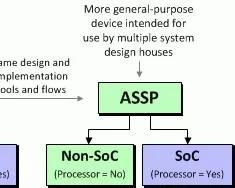
- Field-programmable gate arrays (FPGAs): FPGAs, or field-programmable gate arrays, are programmable SoCs that can be set up for various applications. They can be utilized in production applications but are mainly employed in prototyping and development.
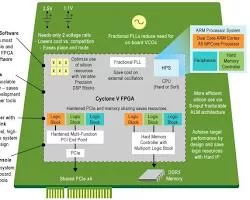
- System-in-package (SiP): SiPs are SoCs that have been combined with other parts, such as memory and storage. They are frequently utilized in high-density applications like tablets and smartphones.
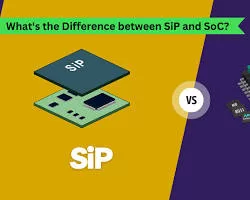
- System-on-module (SoM): A carrier board is integrated with a SoC in a SoM. Embedded applications like industrial automation and robotics are where they are most frequently used.
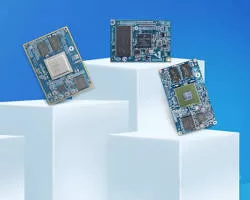
Examples of SoCs
- Qualcomm Snapdragon 8 Gen 1: High-end smartphones and tablets use the Qualcomm Snapdragon 8 Gen 1 SoC. It has a strong CPU, lots of memory, and cutting-edge graphics capabilities.
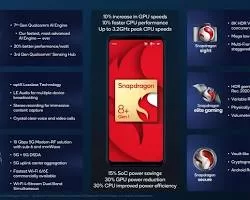
- MediaTek Dimensity 9000: The MediaTek Dimensity 9000 SoC is found in mid-range tablets and smartphones. It provides a nice balance between performance and power usage.
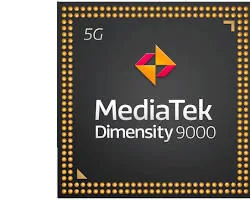
- Apple A15 Bionic: The iPhone 13 and iPad mini 6 both feature the Apple A15 Bionic SoC. One of the most potent SoCs available is this one.
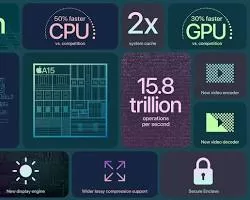
- Samsung Exynos 2200: The Samsung Galaxy S22 smartphone is powered by the Samsung Exynos 2200 SoC. It provides effective performance and power use.

How to choose an SoC device?
When choosing a SoC for your application, there are a number of factors to consider, including:- Take into account the screen size you need: The first factor to think about while choosing your SoC player is size. You'll be back at square one if the devices you find support all the capabilities you need but are only available with 75"-inch screens when you desire a 40-inch screen.
- Consider the attributes you require: Not all SoC hardware supports all functionalities. When examining features, some things to think about are.
- HTML5 support: Can your player display HTML5 material? Does it have the processing ability to deliver your content smoothly if it includes animation, etc.?
- Support for HDMI input: Some SoCs let you to use your digital signage CMS to show a zone of content that is fetched from the HDMI-1 source on your player. In essence, you can use a top box or cable box to display material from another device.
- Native portrait: If your material is in portrait orientation, you can always flip your screen to the side and publish it that way. However, if you want to display web pages or HTML5 content, your screens will need to know which way up they are.
- Consult your reseller: Once you are aware of the features you require (or may require in the future) as well as the size of your screen, you or your Reseller should be able to locate a device that meets all of your requirements. Your options will then be limited to what is offered from there. The majority of the time, your Reseller will have a favored piece of hardware, but it is important to look into all of your options to determine which one best suits your requirements.
- Examine the expenses: You now need to think about the pricing range that your ideal SoC will have. You might need to go for a less feature-rich choice or one with a smaller screen size if this is out of your price range.
- Aim to grow your application in the future. You must select a SoC that supports future updates if you intend to add new features or capabilities to your application.
- Speak to other programmers who have used the SoC you are thinking about. They can provide you with insightful information about the SoC's performance, power usage, and security.
- Before buying, check out reviews on the SoC. This will enable you to evaluate the SoC objectively.
Leading SoC manufacturers
- Qualcomm: Qualcomm is a top producer of SoCs for mobile devices such as smartphones, tablets, and other gadgets. Their Snapdragon SoCs are renowned for their excellent performance and low power consumption.
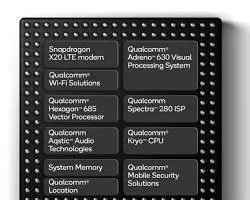
- MediaTek: One more top supplier of SoCs for tablets and smartphones is MediaTek. Their Helio SoCs are made for mid-range and low-end devices, whilst their Dimensity SoCs are made for high-end and ultra-high-end devices.
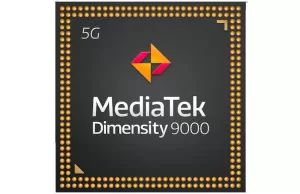
- Samsung: Samsung is a well-known producer of SoCs for mobile devices such as smartphones, tablets, and other gadgets. Exynos SoCs from this company are made for high-end handsets, whereas Exynos Mongoose SoCs are made for mobile gaming.
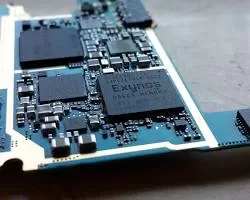
- Apple: For its own products, including the iPhone and iPad, Apple is a market leader in the production of SoCs. High performance and power efficiency are hallmarks of their A-series SoCs.
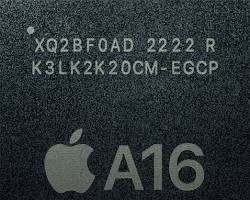
- NVIDIA: NVIDIA is a top supplier of SoCs for gaming consoles like the PlayStation 5 and Xbox Series X. Additionally, some high-end smartphones and tablets use their Tegra SoCs.
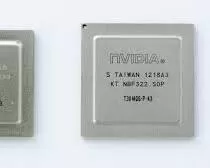
- Intel: The leading producer of SoCs for laptops and other personal computers is Intel. Numerous gadgets employ their Core i3, Core i5, and Core i7 SoCs.
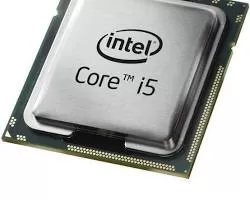
- AMD: The leading producer of SoCs for laptops and other personal computers is AMD. Numerous gadgets employ their Ryzen 3, Ryzen 5, and Ryzen 7 SoCs.
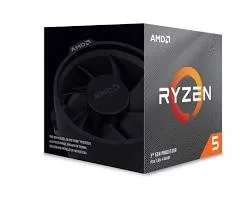
- Renesas: Leading supplier of SoCs for automotive applications is Renesas. Their R-Car SoCs are found in various automobiles, including cars, lorries, and buses.
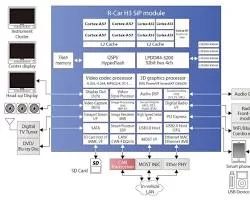
- NXP Semiconductors: NXP Semiconductors is a well-known producer of SoCs for a range of uses, such as networking, industrial, and automotive. Their i.MX SoCs are found in a variety of gadgets.
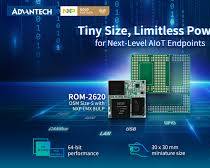
Conclusion
SoCs are a powerful technology that can be used to create a wide variety of electronic devices. When choosing an SoC for your application, it is important to consider the performance, power consumption, cost, and security requirements of your application. By following the tips in this blo, you can choose the right SoC for your application and ensure that your application meets your needs.FAQs
What is a System on Chip? A system on chip (SoC) is an integrated circuit (IC) that contains all the components of a computer or other electronic system on a single chip. This includes the central processing unit (CPU), memory, peripherals, and often even the operating system. What is the difference between CPU and SoC? A CPU is a central processing unit. It is the main processor in a computer or other electronic system. An SoC is a system on chip. It is an IC that contains all the components of a computer or other electronic system on a single chip. This includes the CPU, memory, peripherals, and often even the operating system. Why is system on chip faster? SoCs are faster than CPUs because they have all the components of a computer or other electronic system on a single chip. This means that they do not need to communicate with each other over a bus, which can slow down the system. What is the difference between embedded system and system on chip? An embedded system is a computer system that is designed to perform a specific task. It is typically used in devices such as cars, appliances, and industrial machinery. A system on chip (SoC) is an IC that contains all the components of a computer or other electronic system on a single chip. SoCs are often used in embedded systems.Related Articles
- ·Stratix 10 VS Stratix V: Which FPGA is Right for Your Next Project?
- ·Intel Xeon Platinum 8454H vs AMD EPYC: Which Reigns Supreme?
- ·A Deep Dive into the AMD EPYC 4564P Processor
- ·MSP430F5438A vs MSP430F5529: A Detailed Analysis of Their Capabilities
- ·Comparing MSP430F6659 and MSP430F5419A: Which One is Right for Your Project?
- ·Exploring the Features of MSP430F5529 and MSP430F5638 Microcontrollers
- ·Demystifying 20 Microcontroller Projects for Beginners
- ·Unveiling the Ultimate Guide to Microcontroller Programming
- ·4680 Battery: Unveiling the Power Potential of the Next-Gen Cell
- ·Exploring the Case Studies on Arduino Applications
Populer Posts
